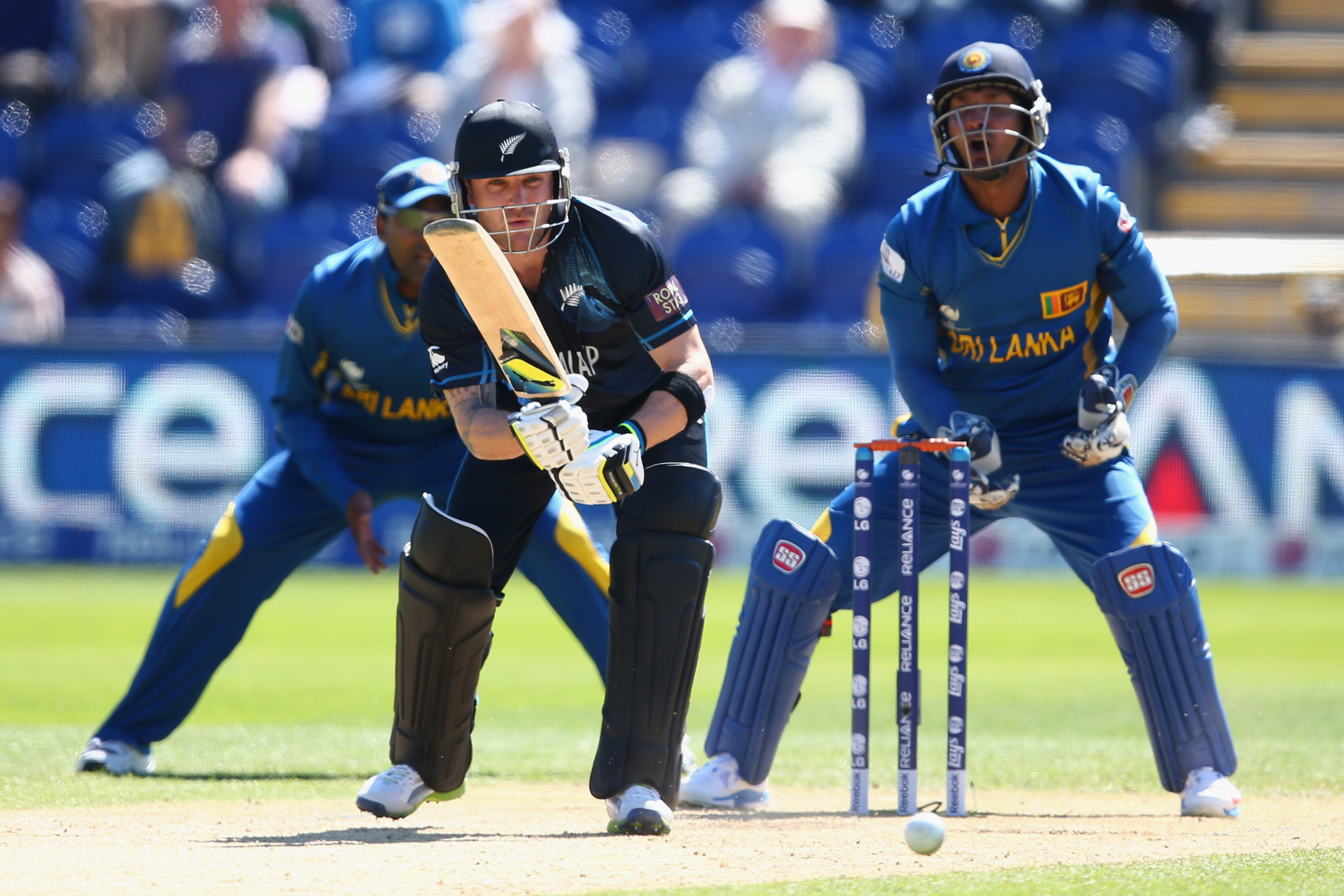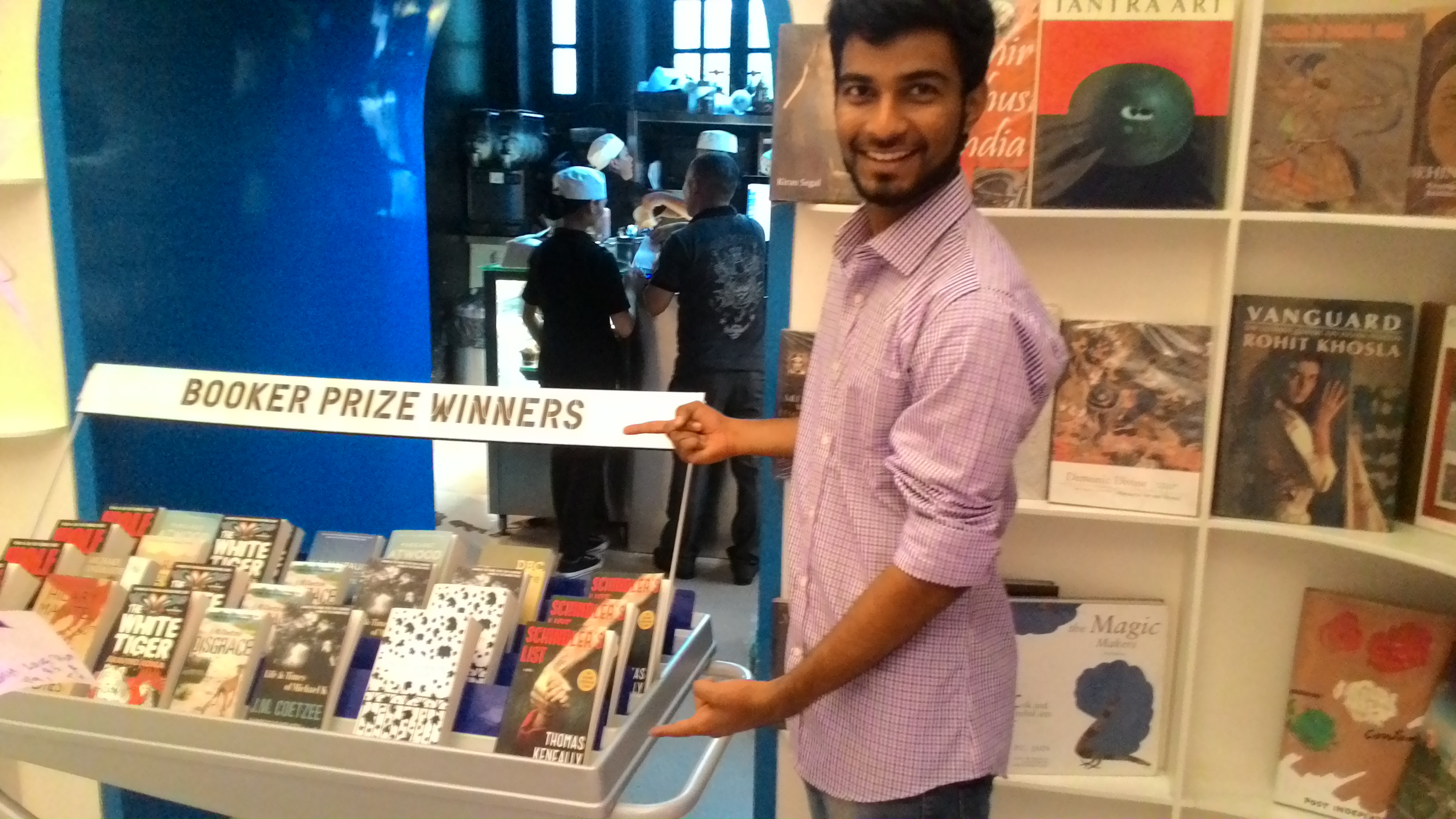McCullum & Sanga’s all time- XIs; The choices that are 'frankly wrong'
Kumar Sangakkara and Brendon McCullum, two of the best batsmen to have played in their time, were asked to choose their All-time XIs. Both of them did a fair job, but there were a few players who looked as out of place in an All-Time XI as Hardik Pandya would be in the Indian team.

Sangakkara and McCullum are certainly the most influential batsmen to have played for their respective countries and have inspired generations. Their stints as captains were a revelation as well as they led from the front. Their judgment, therefore, cannot be questioned completely. Yet, it must be agreed upon that they are, after all, humans and have their flaws and biases.
When the Lord’s Cricket Ground’s social media team asked the two splendid batsmen to pick their all-time XIs, they did a commendable job. Their teams, in an ideal world, if they took the field, would probably be invincible. But some of their choices, are very contentious.
Chris Gayle, Sachin Tendulkar, Ricky Ponting, Brian Lara, Viv Richards (c), Jacques Kallis, Adam Gilchrist, Mitchell Johnson, Shane Warne, Tim Southee, Trent Boul.
Matthew Hayden, Rahul Dravid, Brian Lara, Ricky Ponting, Aravinda de Silva (c), Jacques Kallis, Adam Gilchrist, Shane Warne, Muttaiah Muralitharan, Wasim Akram, Chaminda Vaas.
Sangakkara picks Matthew Hayden and Rahul Dravid as openers. Hayden, undoubtedly a destructive opener with an average of 50.73 and a strike-rate of 60.10, is an unquestionable choice. Rahul Dravid is picked to play perfect foil to the Australian steadying the other end. McCullum’s choice of Sachin Tendulkar to open is fairly straightforward as well, but the man who did not have to be picked is Chris Gayle. Roped in as a destructive batsman by Baz, the West Indian has a lesser average than Virender Sehwag and Graeme Smith, equally good stroke-makers, and more consistent. Sehwag, with a strike rate of 82.23, could have been easily preferred over Gayle. The big-hitter is a huge influence in T20s, but in Tests, he would not be missed.
Down the order, Brian Lara, Ricky Ponting, Jacques Kallis, and Adam Gilchrist pick themselves in both teams, their statistics and impact being the major factors. Viv Richards is another big name in McCullum’s XI understandable because of the Kiwi’s preference for big hitting, and the big West Indian was feared by bowlers all over the world.
Sanga’s preference for Aravinda de Silva is baffling though. He averaged 42. 97 in 93 Tests, yet there are too many batsmen that Sanga has played against or with who have better stats. Inzamam-Ul-Haq, Ab de Villiers, Steve Waugh, Michael Clarke, Mohammad Yousuf, Mahela Jayawardene, all have performed better at the highest level with averages above 45. De Silva’s most memorable performance was his match-winning performance in the 1996 World Cup final and his performances against Pakistan, but he was always widely criticized for being inconsistent. Kumar Sangakkara himself boasts of better stats (Avg. 57.40, Matches 134) than the former Sri Lankan captain, and this choice seems mostly influenced because of the change the World Cup triumph brought to the island nation’s cricketing fortunes. Agreed, de Silva was an elegant batsmen, but how he makes an All-time XI is beyond imagination.

 © Getty Images
© Getty ImagesShane Warne, with his 708 wickets, is a constant in both teams, and no one in his right mind would ask a question about it. Mitchell Johnson is picked by the New Zealander and is an understandable choice given the fear he instilled in batsmen with his pace and the epic battles the two had. Similarly, Muttiah Muralitharan and Wasim Akram in Sangakkara’s team are self-explanatory, the two of them sharing over 1,200 wickets between them. Chaminda Vaas in Sanga’s team is controversial, but Trent Boult and Tim Southee in McCullum’s squad are, at best, laughable.
Also read- Anil Kumble | Can the legendary bowler transform into a great coach?
Vaas has an average of 29.58, while Southee averages 32.12 and Boult 29.14. Fiery South African pacer Dale Steyn, a glaring omission in both teams, averages a miserly 22.53, while Glenn McGrath, arguably the best Australian pace bowler ever, averages 21.64. Steyn and English pacer James Anderson have better strike rates too, at 41.7 and 56.7 respectively. The three in question, have strike rates above 58. McGrath with a strike rate of 51.9 should have been an obvious choice. The Kiwi pacers have played a major role in the Black Caps’ success recently, but neither of them have even played 50 matches, and practically would not make the all-time New Zealand XI. Vaas is certainly among the top Sri Lankan pacers, but placing him alongside Akram, or above McGrath, seems baseless.
The big-hitting Kiwi batsmen and the more mellow Sri Lankan picked sensible squads mostly, and more than half their teams would have been a constant in any team picked by a renowned player. Yet, as underlined earlier, there creeps in a certain patriotic bias and preference for similar batting styles. Though good players, they seem to have been picked more on emotion and less on merit.
If the right replacements are made, both teams would be world-beaters, unmatched and feared the world over.
These Indian kids can create footballing history, but they need your help. You can help Slum Soccer send 20 of our most talented footballers to represent INDIA at the Homeless World Cup at Glasgow. Click here to know more.

Comments
Sign up or log in to your account to leave comments and reactions
0 Comments